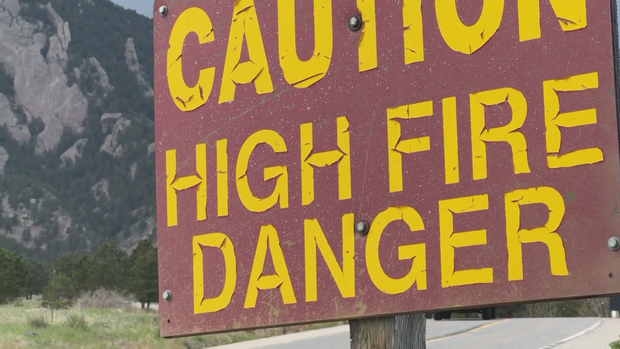Colorado Scientists Explore New Strategies for Grassland Fire Prevention
Grassland regions extend from the Great Plains to the base of Colorado’s mountains, where wildfires form an integral part of the ecological balance. However, with increased human settlement in these zones, the risk of devastating wildfires has risen. This development has led regional emergency services to reassess their approaches to managing such threats. Following the Marshall Fire In Boulder, municipal and county officials approached researchers at the University of Colorado to discuss fire behavior. This dialogue resulted in a study initiated at the university’s Boulder campus aimed at potentially altering how agencies manage fire prevention in grassland suburban regions.
The flames are crucial for maintaining the vitality of these prairies, though they also present dangers," stated Jonathan Henn, a member of the research group. "So, what’s the best way to strike this balance?

Certain crucial studies focus on the ecological effects of fires in grassland areas along with their behavior. They also explore which mitigation strategies—such as controlled burns—could prove to be most efficient.
These are extremely rapid fires," Henn stated. "Since there isn’t much to impede the wind, these blazes are largely propelled by the winds.
In contrast to wildfires in forests, which usually require mitigation efforts every few years, implementing controlled burns in the foothills or high plains necessitates a distinct strategy.
Henn mentioned that in the grasslands, decreasing the biomass could provide some temporary relief. However, this effect would likely be short-lived since the vegetation may regrow with greater abundance the following year.
Boulder County planned to carry out controlled burns for their research project in Marshall Mesa during December, but unfavorable weather conditions forced them to cancel. When they attempted another round in the spring, weather problems thwarted those efforts as well. Given the upcoming months of spring and summer, future scheduled burns might face further delays; however, Henn remains optimistic that they will eventually have the opportunity to proceed with their study.
One major point of focus for firefighting organizations is the rapid speed at which these blazes can spread across grasslands.
"It has a really low residence time which is what we call it," Henn told CBS Colorado. "So the fire moves across this really fast because there's not a lot of material to burn. So it burns up fast, there's not a lot of material to burn so you end up with bare ground."
Although significant tasks remain, Henn believes that this approach has scalability potential. The strategies implemented in Boulder have the theoretical possibility of success in other mountainous towns and potentially extend to Great Plains regions characterized by flat grasslands with minimal topographical variation.
He mentioned that there might be significant room for expansion here," she stated, adding, "We constantly think about how our actions can impact and benefit various other groups.
Post a Comment for "Colorado Scientists Explore New Strategies for Grassland Fire Prevention"